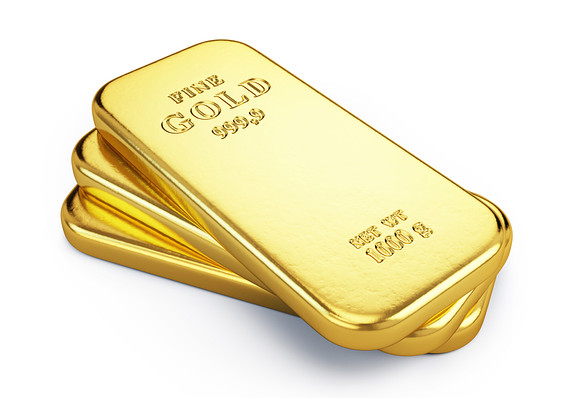Gold spot came within $30 of hitting the bull’s eye of $1,800 on Wednesday morning at London’s trading session, with gold spot price hitting near 8-year highs on Tuesday at $1,770.15. This was triggered by the dollar’s strength falling on more cheap money being planned by fiscal stakeholders around the world to fight the resurgence of COVID-19 cases.
The intraday high of spot gold for the bullion barometer was $1,770.22, the highest since October 2012, to trade presently at $1,767 by 5.35am, Nigerian time.
READ ALSO: U.S dollar gains ground, U.S. President Trump boosts investors’ Optimism
“Trade tensions, second wave concerns, the 10-year real yields (TIPS) decline deeper into negative territory, and taper tantrum risks will continue to support bullish calls to reach $1,800 in the short-term and eventually record-high territory later this year,” said Ed Moya, an analyst at New York’s OANDA.
Why invest in gold?
Humans mainly use gold for making jewelry, physical coins, and recently, for industrial purposes such as in the production of electronics. However, it is rare enough that many people don’t have it, or have it in minute quantities. Humans are emotionally and physically drawn to gold. It provides a significant store of value. Global Investors buy gold to hedge against inflation.
READ ALSO: Okonjo-Iweala shares her plans for WTO, if appointed
The last time gold spot price hit $1,800 was in 2011, the same year it smashed records highs above $1,900.
“The tsunami of stimulus coming in from everywhere is not only inflationary but also painting a weaker picture for the economy and making gold look attractive,” Edward Meir, an analyst at ED&F Man Capital Markets, was quoted saying on Reuters.
In addition, America’s Treasury Secretary, Steve Mnuchin, said that his country was likely to seek more stimulus packages next month, in order to support economic recovery from COVID-19 resurgence.
Download the Nairametrics News App
“We do anticipate there’ll be a need for more fiscal responsibility and we’ll be doing that in July now,” Mnuchin said during an appearance on the Time100 Talks series. “We’ll call this one CARES 4, as we’ve done what we refer to as three and a half of CARES so far.”



















